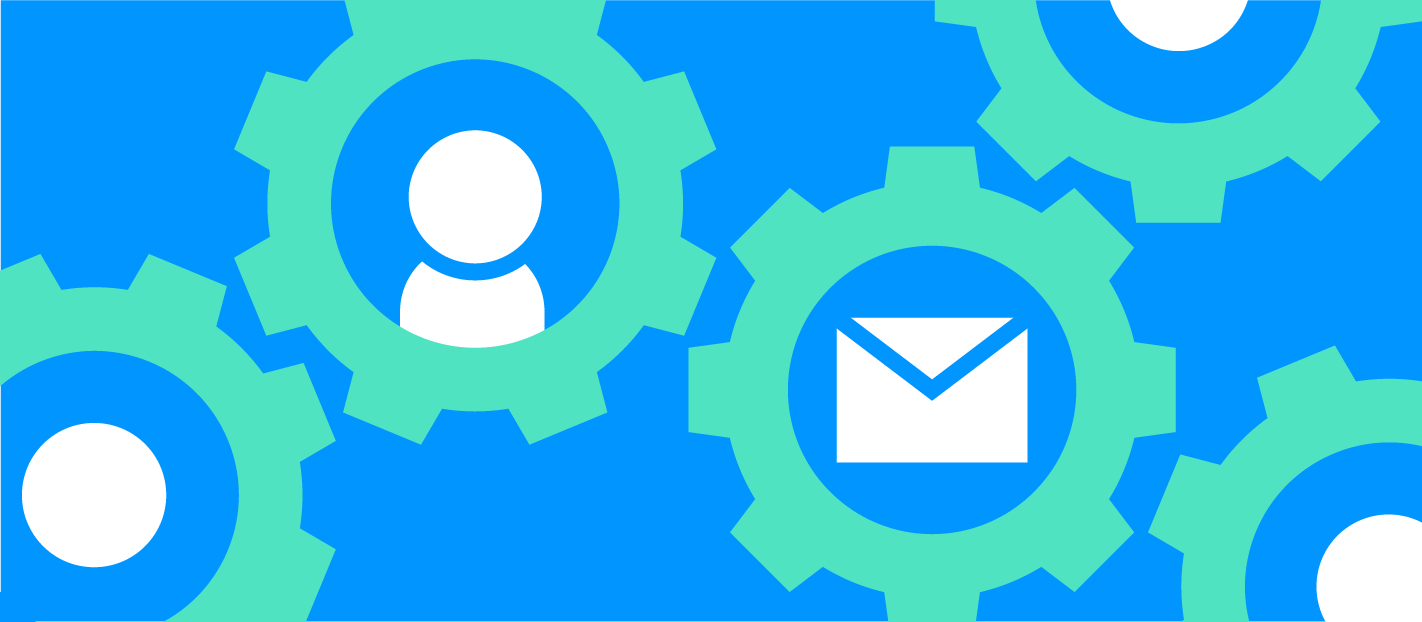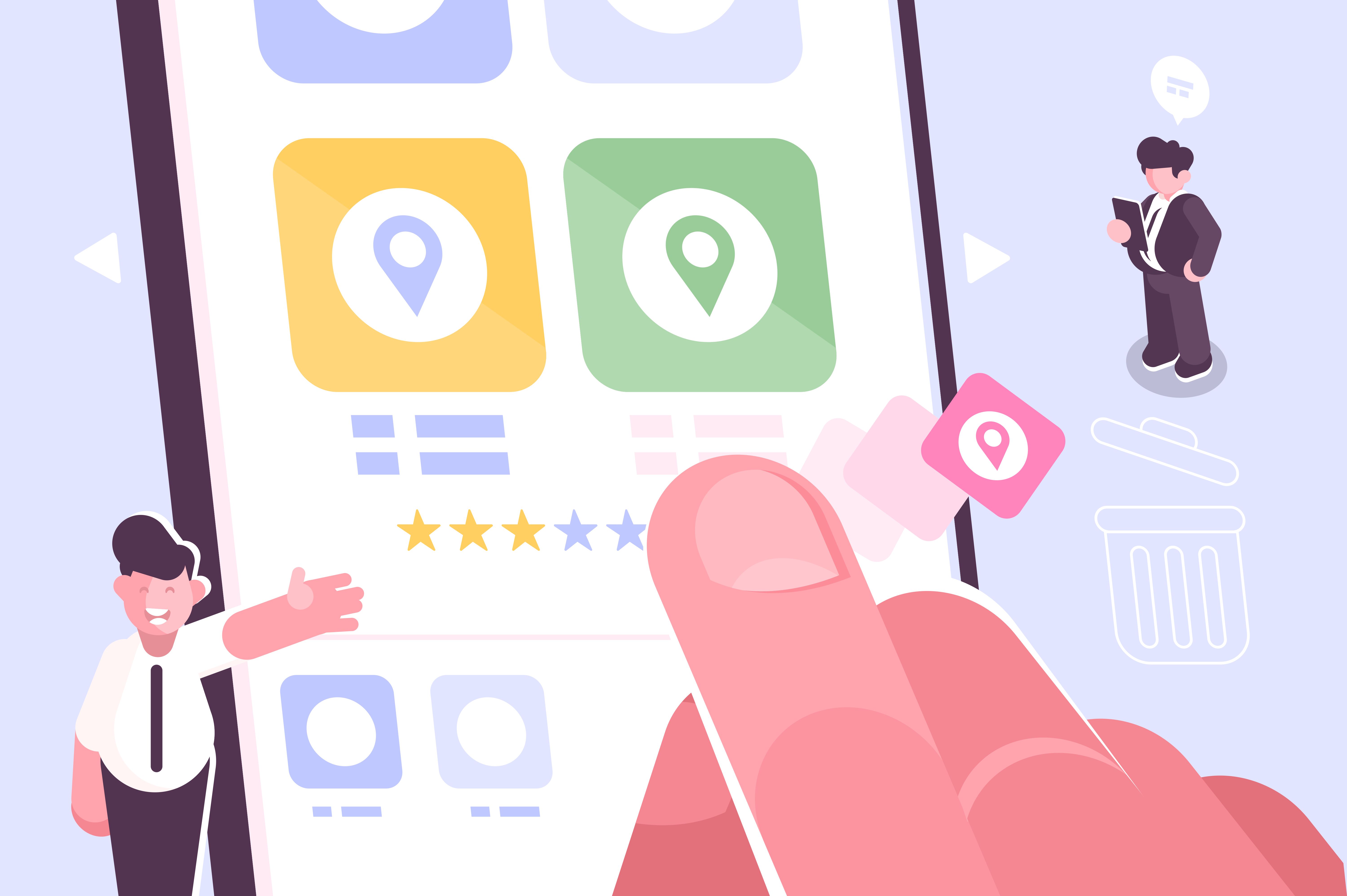
We like to think about the big picture. And in our business that means the full customer journey, right from the moment someone checks out our Blog and decides to follow along, through to the point when a customer decides it’s time to leave.
One of the reasons we decided to focus on building an automation tool is because it’s useful throughout the entire customer journey. It’s hard to find a tool that can work harder for you, and your customers, across such a wide range of scenarios and mindsets.
It makes sense then, to talk about email automation against the backdrop of the customer journey. We’re going to show you how email automation can help to grow your business, provide better customer service, and even influence what you choose to build.
1. Discovering your brand

The first step is building up an email list. Don’t be tempted to buy email addresses or trick anybody in any way into giving you their email address. It’s against the rules, it doesn’t make sense, and it doesn’t work. When someone enjoys your content you won’t need to trick them into handing over their email address – they’ll be glad to do so.
Do it the slower, organic way, and the results will be worth it.
For the sake of this post, which is focusing on email automation, we are going to assume you already have a well-designed website, that you understand your audience, can see how many people are coming to your site, and that you have a blog or website which gets organic traffic.
If any of those statements aren’t true, then there’s plenty of posts on this site that will help you get to this starting point.
Now you’re set up with the basics, the first step for using email automation to grow your business is to collect those email addresses.
How to get someone’s email address

Before you start collecting email addresses, make sure you have a system for storing them. With the importance of data privacy and data protection, it’s best to use a mailing list or database that has these protections built-in.
Newsletter

We’ve been running the GoSquared Weekly newsletter for over 200 weeks. We have tens of thousands of subscribers who are a mix of current and past customers, and blog readers. It’s where we share our latest blog posts, our favourites from the archives, and the best of what we’ve read from the internet that week.
Use prompts on your site, or content blocks like the one above, and include sign up links to your newsletter on every page of your blog. Never sacrifice the user experience by over-optimising your site for email capture, great user experience and useful content is what will keep people coming back.
Give your newsletter a schedule. By calling our newsletter GoSquared Weekly, we committed ourselves to send out the email every single week. There have been many weeks where it would have been easier not to send out GoSquared Weekly, but we did. And we are most grateful for that push the week’s where it’s hardest. Go for monthly if you’re worried about a weekly cadence, but pick a schedule and publicise it.
Content Upgrade
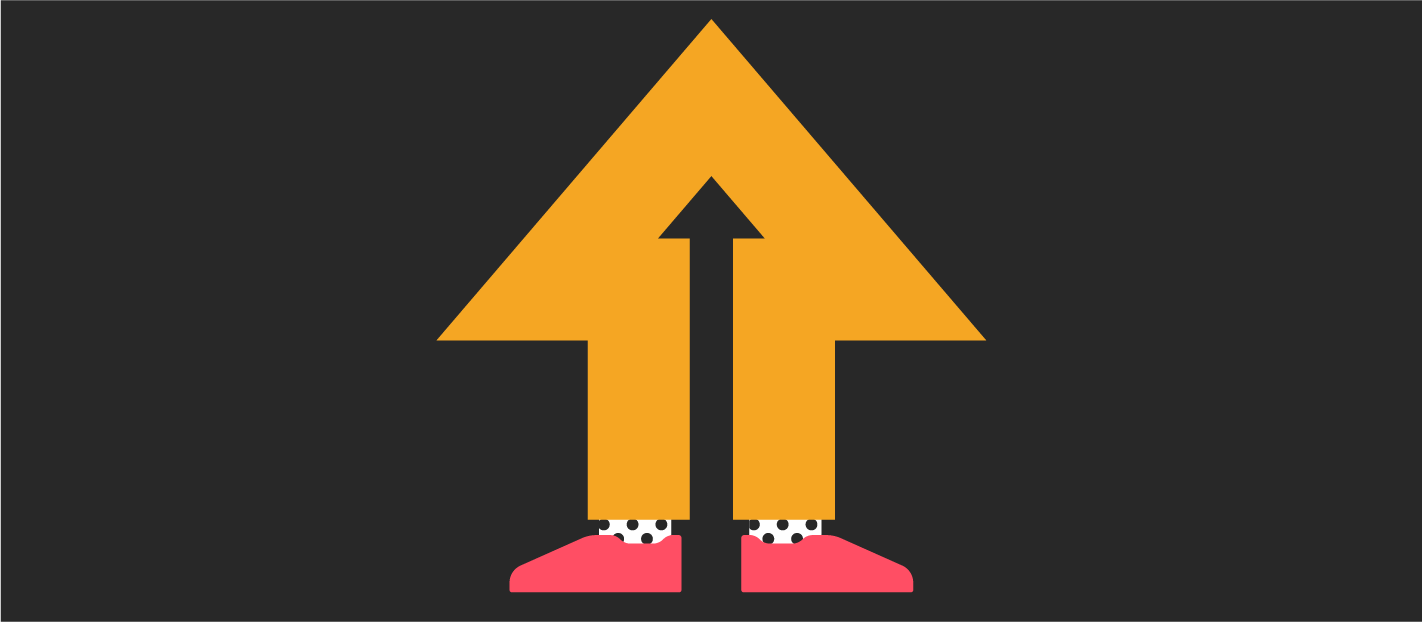
Adding a content upgrade is a downloadable extra that people can access by giving you their email address. This could be a pdf version of the post that you can download and keep, or it could be a unique bonus piece of content that’s only available to subscribers of your newsletter.
What’s nice about this option is that you’re offering something in return for their email address.
You can build these into your plan from the start, thinking about an infographic, poster, resource or pdf as you’re writing the post. You might even start with the resource first and then write the post around that!
But you can also retrospectively add these content upgrades to high-performing posts where you know there will be a large amount of traffic. Look at which of your posts receive the most amount of consistent, organic traffic and figure out how you could offer a content upgrade to those posts.
A new customer sign up

Make sure you’re up to date on the Data Protection regulations in your own country (and in your customer’s country!) before you add them to your mailing list.
When someone becomes a customer or signs-up for a trial, you’re likely to get their email address during the sign-up process.
Be sure to offer an opt-in the customer onboarding to get the permissions to add new customers to your email automation mailing list. Offering free educational resources is a great way to get customers to opt-in while providing them with valuable resources to become ‘better customers’ who understand and use your product.
Email address roulette
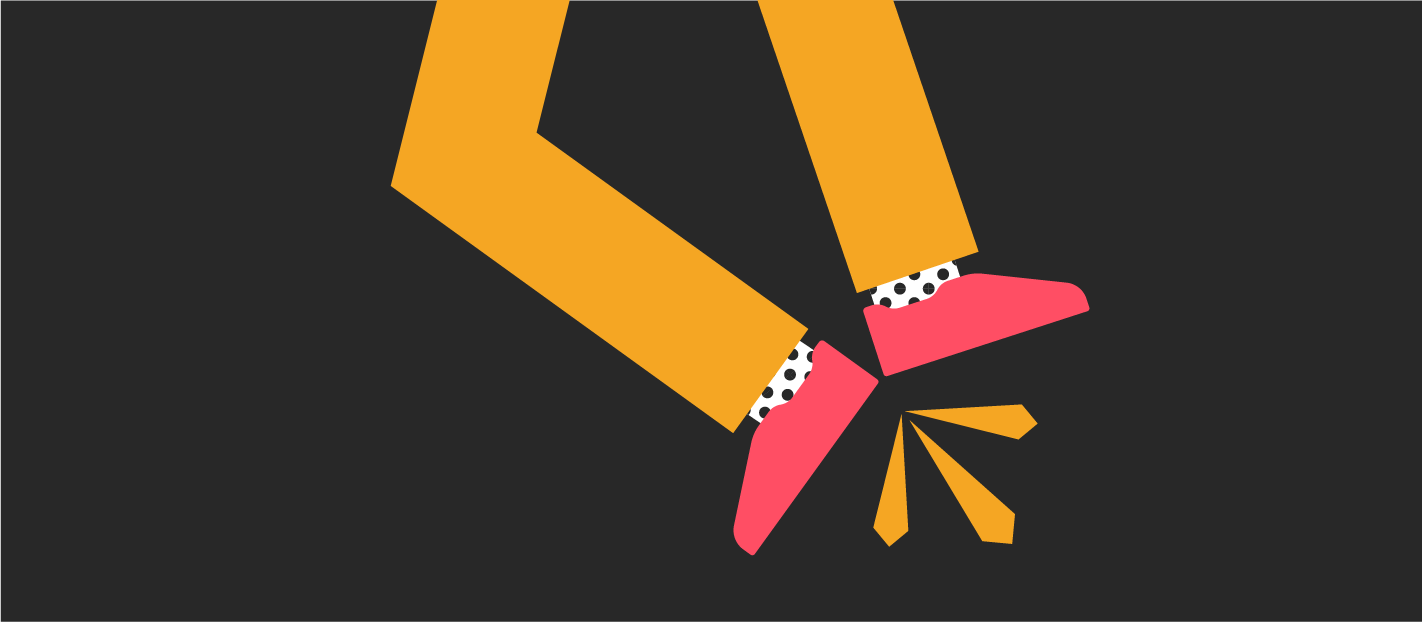
Instead of a simple ‘enter your email address’ form try something a bit more unusual like this Email Roulette game on Neil Patel’s website. By entering your email address, you get to spin the wheel. Maybe you’ll get a free e-book download, but perhaps you’ll get a half-hour coaching call with Neil himself.
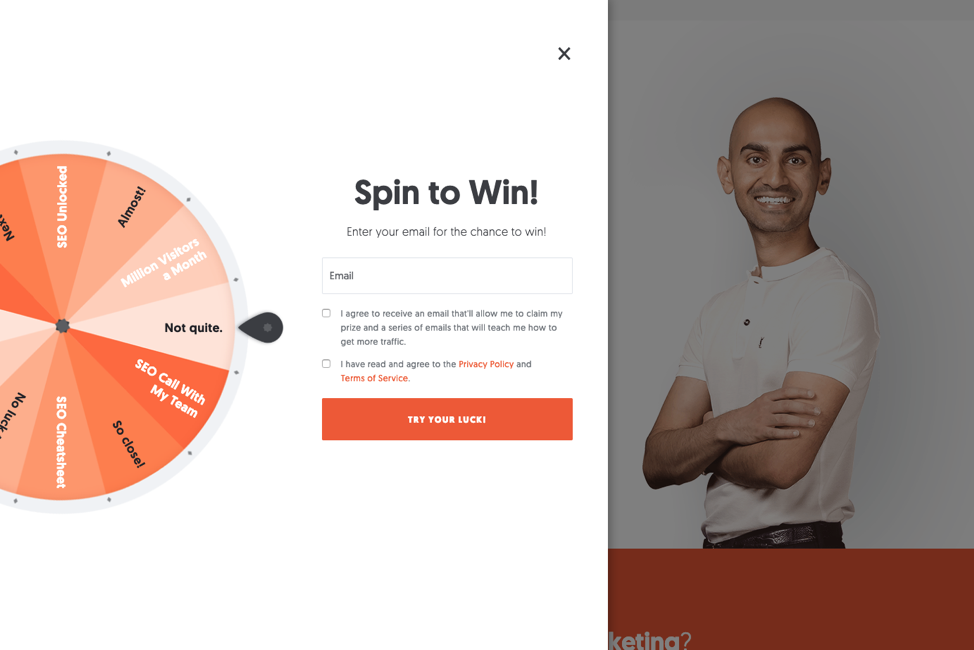
Offer a few outrageous rewards on your email roulette game and note the uptake in email submissions. Free subscription for life? Lunch with your CEO? A new website design for free?
2. Engage your audience

Once someone is part of your ecosystem, you want to keep them engaged. More engaged audience members are far more likely to start using your products themselves or recommend them to others.
This is where we need to start thinking about our automated email campaigns. Knowing how to create an email campaign starts with a strong strategy and desired outcome.
In our research, we realised that most companies send far too many emails.
Unnecessary emails. Badly thought-through email. Emails that have the opposite effect to what’s desired.
Good emails, and good email campaigns, are conscious, minimal, and not overbearing. It’s a hard standard to meet, but when you do, you’ll notice the results.
Use your newsletter to stay front-of-mind.

That newsletter we talked about already? It’s time to make that commitment work for you. By publishing a monthly or weekly newsletter, you give your brand the chance to remain at the forefront of people’s minds. Without creepy ads that follow you around the web. Without tricking them into anything. Instead, you get to occupy that brain-space because you earned it.
You highlighted something useful. Better yet, you wrote something useful, and are using your newsletter to tell your audience about it.
Offer a free course.

Your business is full of knowledge. Knowledge that your customers and audience members would find valuable.
Think about the things that only you know. Base your lessons of anecdotal experience and show real-world examples of success through your course.
Email is a great medium to deliver a course. You can send out bite-sized lessons on a regular schedule and see how people are engaging with your course. It’s easy to iterate when you notice a drop-off point, and it’s simple to set up triggered emails to send out to someone who stops opening the course lessons.
Offering a free course can also be a great way to capture email addresses. What is the core knowledge that your business is built on? Think about how you can deliver your expertise to customers and visitors in an engaging way using email sequences, webinars, video playlists or even interactive games.
Make sure you reply to responses.

Email was invented as a communications tool. It’s supposed to be a two-way conversation, and it works best when it’s as reciprocal as possible.
Don’t set up a no-reply email address and put up a faceless, corporate wall between you and your customers. Encourage responses, suggestions and questions from your audience.
A kind response and taking a couple of minutes to answer a question goes a long way. It’s likely that other readers will have thought, but not asked, the same question so it can be worth mentioning that in your next newsletter.
For example:
Thank you to the reader last week who asked for clarification on our own content strategy. We follow a Librarian approach which we’ve written about on our Blog.
3. Welcoming a new Customer
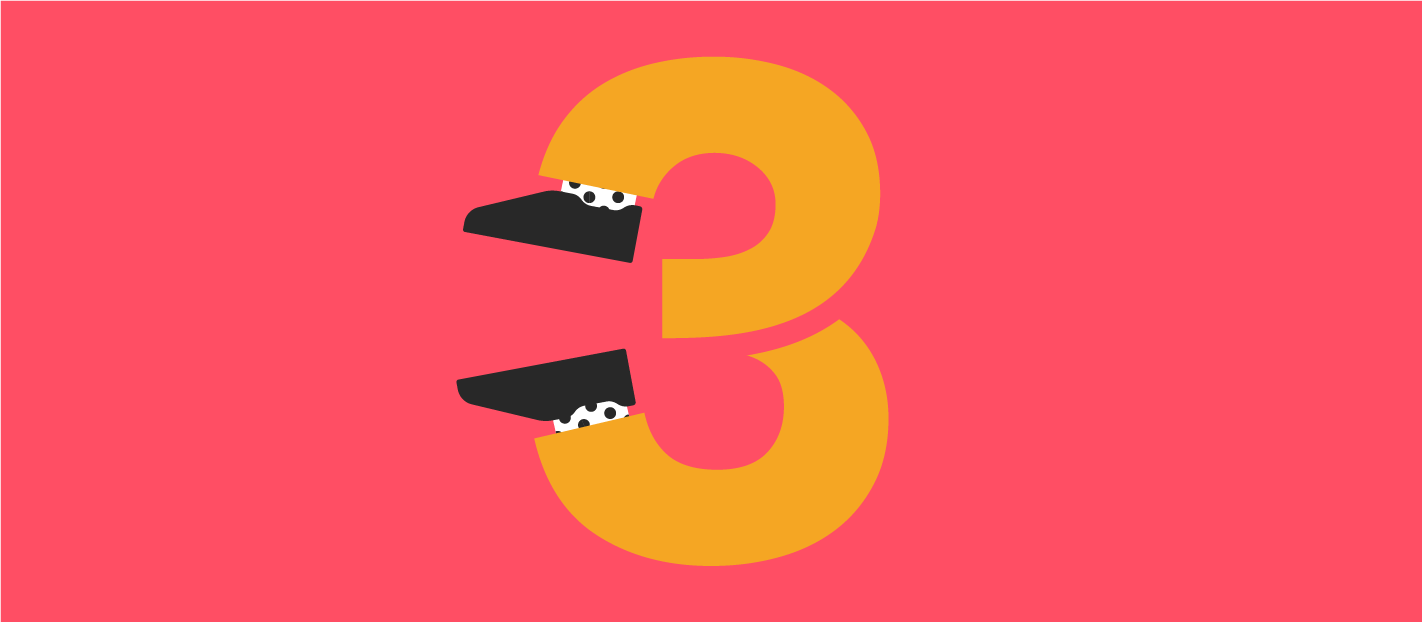
Depending on the structure of your business, you could have a range of new customers. The most common broad categories for these new customers to fall into are: new paying customer, a customer on a free trial, and a new customer on a free plan.
These customers, while all going through very similar onboarding processes and using very similar versions of your product, are in different mindsets.
Segmenting your audience is a vital part of getting email automation right.
The way you onboard your free-trial customers should be different from the way you onboard your freemium customers. How both of these groups then convert to paying customers relies on a host of various factors.
Make sure to gather as much data as you can on these different user groups. This will help to inform your email automation strategy, which you should continuously alter and improve with every significant new insight the data brings.
All of this customer data needs to be fed back effectively to the team. Communicating this effectivly is just as important as collecting the information itself.
As well as by plan type, there are a couple of other key ways you can segment your customers:
Segment by business type.

An ecommerce business might use your platform very differently from an agency. They will have a different favourite, and different most useful features. They will ignore different features, and make different requests.
By creating smart groups based on the business type, you can start to learn more about how to market to and support different types of users. What features should you highlight on your ecommerce business landing page? And which support docs and videos should you include in your welcome emails for that specific customer segment?
Segment by activity.

How your customers use your product is one of the most important sets of data that you can collect.
Remember that in SaaS and other subscription model businesses, your customers are renewing their commitment to your product on a monthly or yearly basis. Retain a sense of all your customers being ‘new’ customers to keep yourself alert to this challenge.
Without talking to you (although you should be encouraging that too!), your customers are telling you a lot. They’re telling you which features they find hard to use and which features are indispensable to them. They’re telling you where they need help and what’s stopping them from upgrading.
You just need to learn how to speak this language. This comes with practice and a keen eye for detail. Look into your data and identify patterns that you can cross-reference with customer interviews and feedback forms to be confident that you’re making the right assumptions.
4. Helping out a loyal customer

The trick for automating email campaigns for your regular customer is to get the balance right. Don’t hassle them by sending too many emails, but don’t ghost them either. Be available, and remind them that you’re there to help, but don’t nag.
So how can we do that in a personalised way? People have varying tolerances for the number of emails they will happily receive, and different types of customers will have different use cases for your product.
If you are aiming to be a customer-first company, and you should be, then it’s not enough to send mass email to every single person in your customer database. You need to effectively tailor your marketing so that your customers see the information that’s relevant to them. All the tools are available and easier to use than you think.
Keep them engaged

One sign you want to be setting up an automated email for is a customer losing interest in your product and reducing the amount of time spent using it.
By using a ‘last seen’ filter you can create a Smart Group within your audience that haven’t used your product in the last week, month, or whatever time frame feels appropriate to your tool.
Once a customer meets the criteria for this filter and gains membership in the Smart Group, your email automation tool can trigger a sequence of emails specifically designed to reengage a customer. With this example you can easily see why it’s so important to personalise your email campaigns to a specific audience; it would make no sense for a super-user to receive a campaign aimed at re-engaging them or educating them on using the product.
Be sure to set these sequences up in tandem with your Customer Success team as they are best placed to identify customer’s they would like to remove from the automated process and speak to offline. Perhaps very high-value customers, or those who they are already in conversation with.
Trigger your campaigns by activity

A really great way to engage your current customers with a new product is to filter by customer behaviour or activity. It’s highly personalised because it’s based on actual actions taken (or not taken!) by your customers.
You can set up a Smart Group to add customers when they look on a particular page or area within your web app. If you’ve just released a new feature, it would be a great addition to your launch campaign to send additional education information to those who go and have a look at the new feature. From their actions, you’ve got confirmation that they are intrigued by the feature and might appreciate some connected resources.
Another example of a smart way to share your resources and content by activity is to look at, which are the least used features. In many cases, a customer isn’t using a feature because they don’t understand the value it brings to them. Sharing a short course or series of articles via an automated email campaign is one way to get your customers to use a broader range of features within your product.
Upsell to your customers

We believe that education is the name of the game when up-selling to customers. There is no point in encouraging someone to pay for access to a feature if they don’t know how to use it and can’t see the value. They won’t have the experience you hope they have, and more than likely they’ll downgrade their plan back to what it was beforehand.
However, with the right educational resources, a customer could realise there’s a massive value in one of your premium features and be compelled to try it out.
Try a couple of these ideas out:
- Send educational packs or courses to your top-users who aren’t yet using all of your features
- Create a select testing group for power users of your tool and have them test out a feature they don’t use yet.
- Use automation to educate newer users on the benefits of your features using a slow drip campaign.
5. Promoting customer advocacy
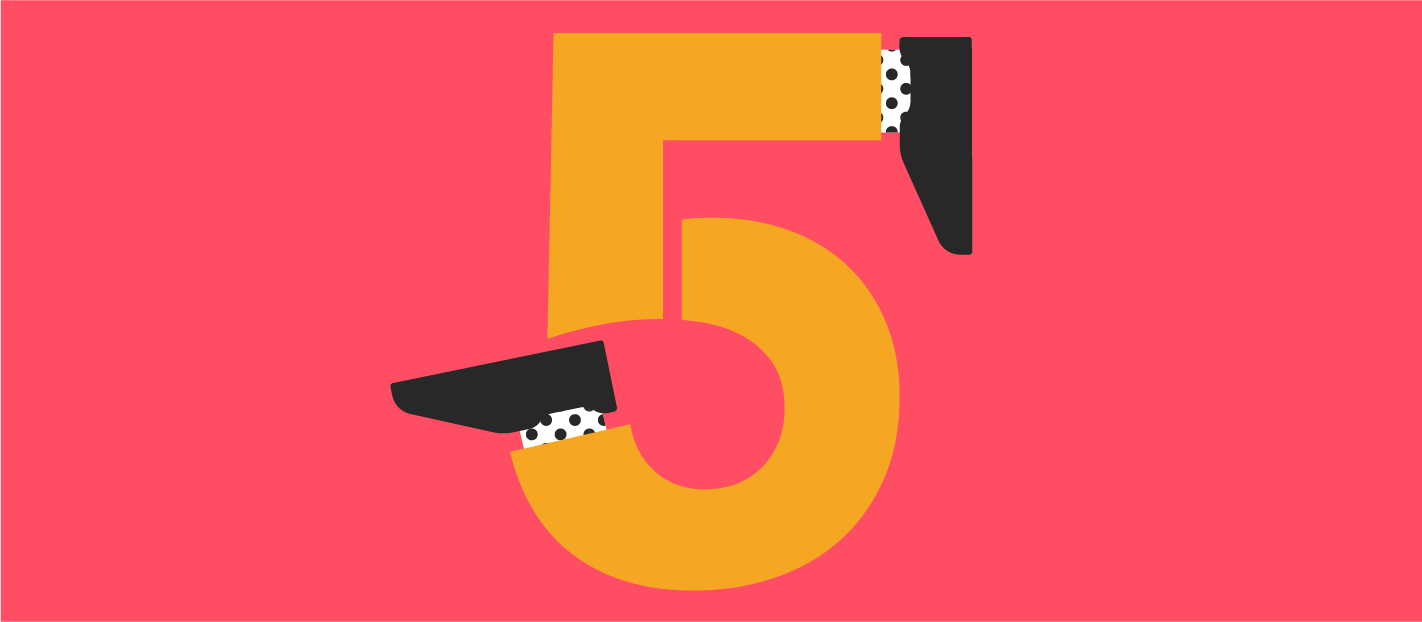
Select customers who are very engaged become brand evangelists. Some of our customers who talk the most about us are not paying customers, but they are fantastic brand advocates.
Request feedback, case studies, and testimonials.

Your super users are an excellent resource for your businesses growth. They enjoy, and maybe even rely on, using your product to do a good job and are often willing to provide feedback or testimonials. We recommend setting up an automated campaign that requests feedback once per year. You could time this around the anniversary of the customer joining, a particular time of year you know to be quiet for your target industry, or an activity based trigger like the customer onboarding someone new or trying out a new feature.
It can also be effective to send out an automated email to discover anyone interested in participating in a Case Study. Once you receive a ‘yes’ this conversation should be handled personally but opening the net wider than you might think to can have some great results. Remember to talk about the benefits both ways; of course, you get the Case Study to use in your marketing materials, but the subject of the study also gets some publicity and a nice backlink. If you want to be generous, you could offer a few months free or a discounted plan for participating.
Send thank you’s and check-ins

Although on the whole we advocate for sending fewer emails, your customer advocates are one group of people who might appreciate an extra email or two from you.
We all like to feel special and valued by our peers. This is no different when we create a deep relationship with an organisation. Think about how great people feel when they are asked to be an advisor or a board member for an organisation they care about.
These committed customers are worth checking in with from time to time. Celebrate their anniversary with your company by sending them an email with a gift inside, and make sure to check-in with them when you release a new feature that you think they might like to use.
Your super-users are key to your business. Make sure they feel appreciated.
You could even go one further and create customer focus groups with your most active customers like cosmetics brand Glossier who have around 150 of their most active and engaged consumer’s chatting daily on designated slack channels. These super-users provide a moment-by-moment focus group for testing ideas and new products, and crucially, really feel like they’re part of something bigger.
Offer incentives to share your work.

Organic growth is one of the most potent and sustainable mediums of growth businesses have. It relies on word-of-mouth, high-quality content, SEO, and exceptional customer service.
Customers who use and love your product can become an essential element of your marketing plan. Help them along by offering easy-to-access incentives that give something back to them when they share your content or product.
Referral benefits are a powerful way to build newsletter audiences. Try offering a month free of your premium product tier with each referral signed up, send out branded merchandise, or offer a personal advice session with a senior member of your team.
6. Managing churn and saying goodbye

No one wants customers to leave, but it’s a reality for every business. There’s no way to stop customers from churning all together – some situations are unavoidable such as the business closing down. However, we can do a lot to prevent customers from churning for avoidable reasons.
Some avoidable reasons are:
- Lack of knowledge on how to use the product
- Poor customer support or service
- Product costs increase, or customer can’t see the value for money
- Lost interest in the product
- Buggy/faulty product
- Customer’s needs expanded beyond the scope of the product
Now, not all of these can be solved using smart email tools. Some have to be fixed by the engineering team or require a more substantial overhaul of company strategy, but there’s a lot you can do to identify customers at risk of churning and reengage them before its too late.
The most powerful thing that your communications strategy can do is to make sure customers understand the value of the product for their specific use case and know how to use your product to achieve their goals.
Customers at risk of churn

You can spot customers who are at risk of churning by noticing changes in their behaviour. This might be as obvious as someone sending in a support request over Live Chat explaining that they are unhappy with the product or can’t figure out how to use it. Or it might be much subtler; a change in behaviour or activity on the account.
Use an activity trigger to re-engage little used accounts.

Setting up a Smart Group with a re-engagement sequence that is triggered by someone not signing into their account for more than a week can be a great way to catch these at-risk accounts before they become unrecoverable.
A three email sequence offering a free consultation on getting the most out of their account, links and excerpts from useful documentation and blog posts, and a video explaining any new or popular features is a great conversation starter.
Once you have some historical data on an account and can see their typical usage pattern you can also monitor large accounts personally – noticing any drop-offs in usage and sending a personal email to the account holder to check-in.
Educate customers on features they don’t use.

To combat churn, which stems from customers not feeling that they get enough value from your product, education is the name of the game.
In GoSquared you can set up a Smart Group based on the formula ‘hasn’t done X within Y time period’. This will help you to segment out your customers who don’t take specific actions that you know they could get value from doing. It’s more likely than not that they don’t know how to use the feature, or don’t understand the benefit of doing so.
Create a short email course, triggered by the membership of this style of Smart Group, that walks through the reasons to use a feature you know is important and, importantly, teaches your customer how to use it.
Customer who have said they want to cancel their account
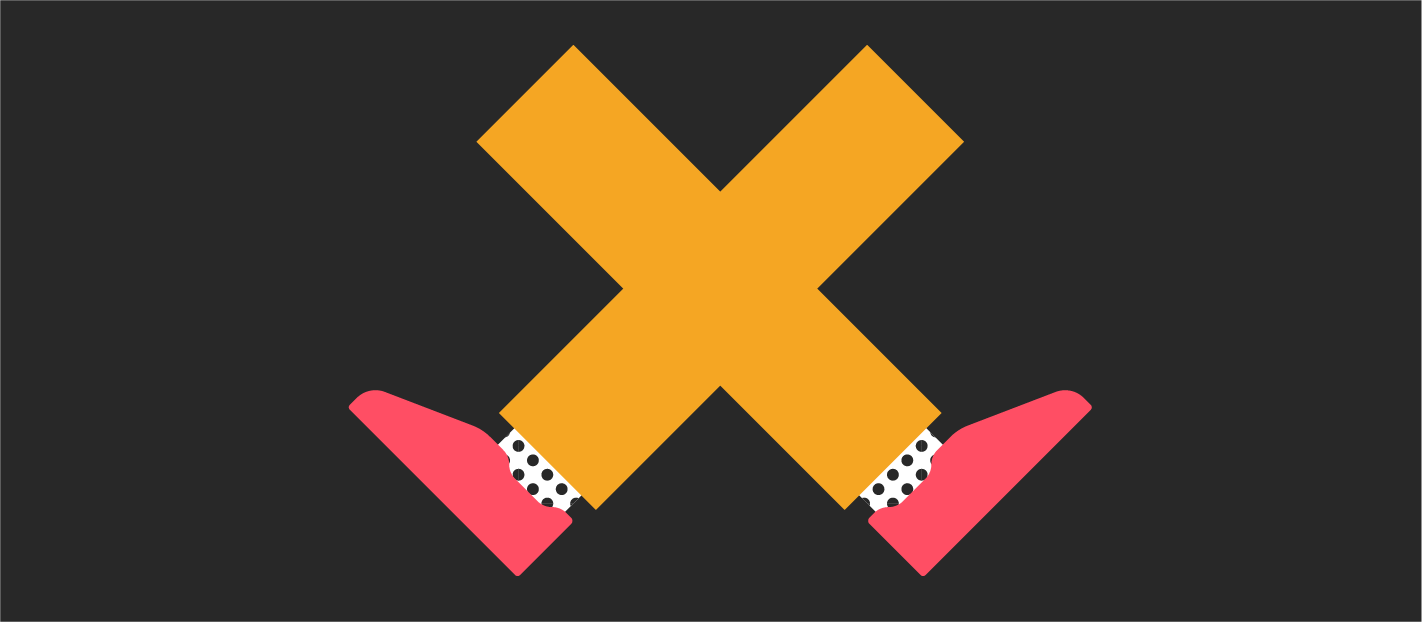
As we already established it’s impossible to avoid churn all together, but once we’ve set up some of the above campaigns then we hopefully have a lot less churn to deal with. It’s not a fun day for anyone when a customer decides to leave your service. However large your business gets you should always be aiming to get your churn as low as possible by providing excellent service and care to all your customers.
But what should you do when a customer decides to leave?
Ask for feedback
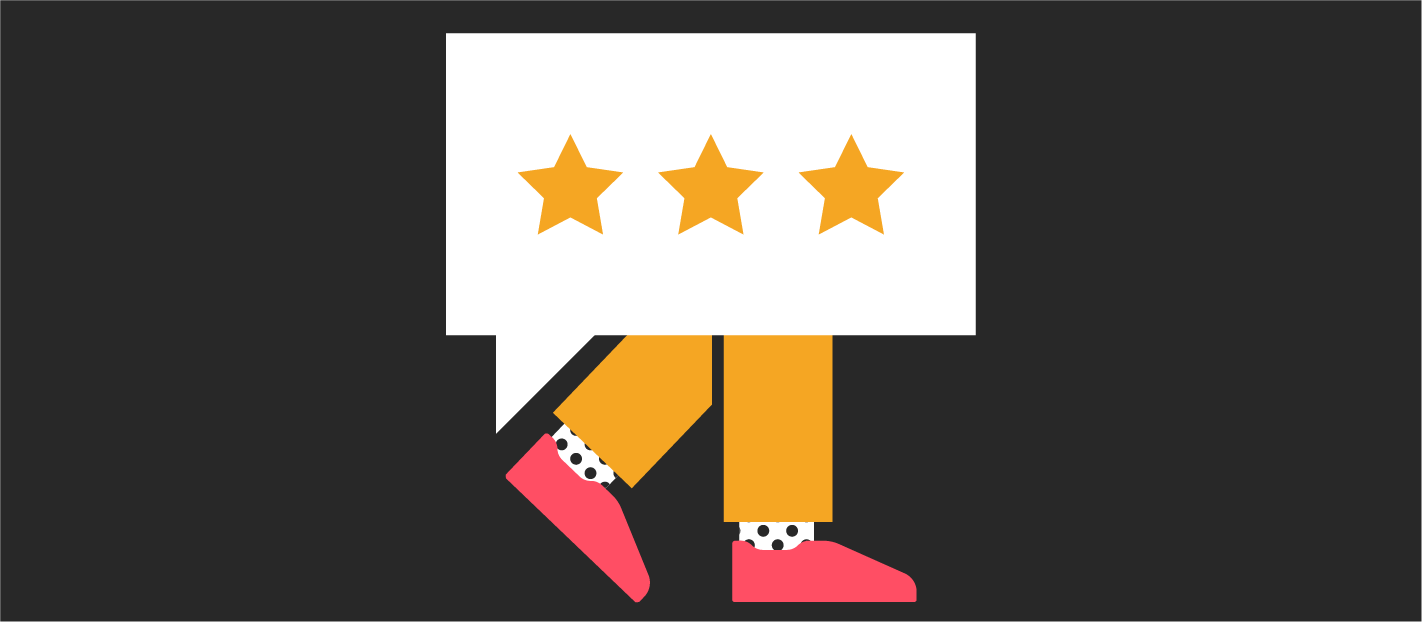
It’s imperative to understand why your customer wants to leave. Of course, we’d all like to live in a world where our customers are all 100% happy all the time, but here, on Earth, the feedback of unhappy or unsatisfied customers is what helps us to create better products and services.
For your biggest customers or those who are the most active users, see if you can schedule in an ‘exit interview’ style feedback call. You can use a specific Smart Group to identify these customers and set this up as an automated email.
Ask every single customer for feedback.
Setting this up as an email sequence is a great method if it’s not already part of your cancellation flow. You want to know why the customer wants to leave, what features or elements would have made them stay, and whether they had a good experience with your product.
All of this information should be brought together in a single database that your Customer Success team takes responsibility for monitoring and identifying patterns.
Say goodbye gracefully.

When a customer has decided to leave, let them go. Nothing is worse than trying to cancel a subscription and having to call four people, post a snail-mail cancellation form to Antarctica, and send up a few smoke signals before the company lets you end your plan.
Most customers won’t take particular notice of an easy cancellation process; they will just get on with their day. But every customer who jumps through seemingly endless hoops to cancel will remember that, and it leaves a bitter taste. Part ways with ease and simplicity and leave a positive lasting impression even with your churned customers.
After a customer has cancelled their plan, it can be nice to send them a short email to say thank you and goodbye. This is not an email to try and sell them on returning, but a way to retain a sense of relationship for the future. Many customers move jobs and set up again using the same tools, or might recommend your product to a friend even though they no longer have use for it.
End to end email automation.

We hope this guide has given you lots to think about, and plenty of things to action in your own customer journey. Let us know if you think we’ve missed anything or if you have any great additions!
